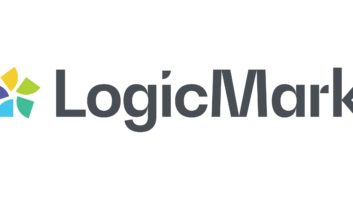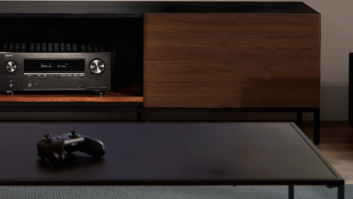In the consumer electronics realm, direct-to-consumer (D to C) sales have become more than just an option.
In-house e-commerce sites have turned into vital firewalls for hundreds of CE original equipment manufacturers (OEMs) wishing to maintain profitability amid disappearing margins in their brick-and-mortar retail channels.
The challenge facing OEMs is in how to implement and maintain a D-to-C strategy without creating conflicts. It is possible to accomplish this feat — but there is no one-size-fits-all solution. The answer lies in your product mix, your manufacturing capabilities, your fulfillment infrastructure and your broader go-to-market decisions.
Some CE companies have clearly defined product lines and channel strategies already mapped out. For example, a manufacturer with strong franchises in both business and consumer segments, and who is prepared to build a business-to-business (B to B) strategy around an in-house e-commerce site, can afford to give its consumer business exclusively to bricks-and-mortar retailers.
Other OEMs leverage the credibility of their brand by creating an in-house e-commerce site for the primary purpose of lead generation. Shoppers are given names of online and/or bricks-and-mortar outlets where the desired product is available; the manufacturer then gets a fee for the lead, along with information on everything the customer buys from the sales partner. A variation is where the OEM detects the location of the shopper in order to tell them where the product is available, thereby controlling key aspects of the sale.
To find a plan that is right for your business, it’s critical that you determine your main D-to-C objectives first — and that you create this plan with your retail partners in mind. These merchants must feel you are working alongside them and not in competition. In reality, most online/offline conflict is perceived, not real — but many bricks-and-mortar chains have a difficult time with the concept at a time when potential buyers are walking out the door.
As it turns out, there are actually a number of non-threatening ways to go D to C. Opening new markets around the world, expanding into new customer segments (e.g. education, business, government), and introducing non-retail product lines are all possibilities. Developing unique SKUs is a great way to keep relationships solid and minimize bricks-and-mortar cannibalization; so is offering test goods and remanufactured or end-of-life inventory.
Obviously pricing is the most critical issue to your partners in the physical world. Setting prices no more than 5 percent over retail makes you competitive without alienating price-conscious shoppers. You can be more aggressive if you wish, but never be far from street price if you wish to land the sale.
It’s also important to remember that the biggest threat to brick-and-mortar retailers is not the online sites — it’s the store down the street. Research presented by the Consumer Electronics Association (CEA), drawn from the Stevenson Company’s recent TraQline market studies, show that Best Buy loses only 4.4 percent of its in-store CE shoppers’ purchases to Amazon.com vs. 8.2 percent to Walmart. For TV purchases, the numbers change to 3.5 percent for Amazon.com, and 13.6 percent for Walmart.
Big-box retailers will often point to showrooming as a major concern. But the effect is not as pronounced as one might believe. Once a shopper is ready to buy — and assuming that the price is competitive — typically they’ll pay a slight premium for the convenience of taking the item home today. Stores generally lose a sale for two reasons: either the item is out of stock, or it can be purchased from another store in town at a lower price.
Again, channel conflict is perceived conflict. Consumers have the real say-so, as they always have. Behavior is simply evolving. The best course of action is for all parties to study the consumer and respond. At the end of the day, your task as an OEM is to do all you can to convince buyers to purchase your products, not those of other manufacturers.
D to C is a strong catalyst for growth. It can be a lead generator, a test market, an opening to new geographies and customer segments, and a source of increased revenue. The bottom line is that you must pursue D to C with an eye toward your own long-term success. Ideally your strategy will enhance success for all parties, including your brick-and-mortar partners. But it can’t be your number one objective. In an era when customers are shifting their behavior, it’s essential that yours, as an OEM, shift as well.
Michael Hechler is senior VP/general manager, physical commerce group at Digital River, which builds and manages online businesses for CE, gaming and software manufacturers, distributors and online retailers.













